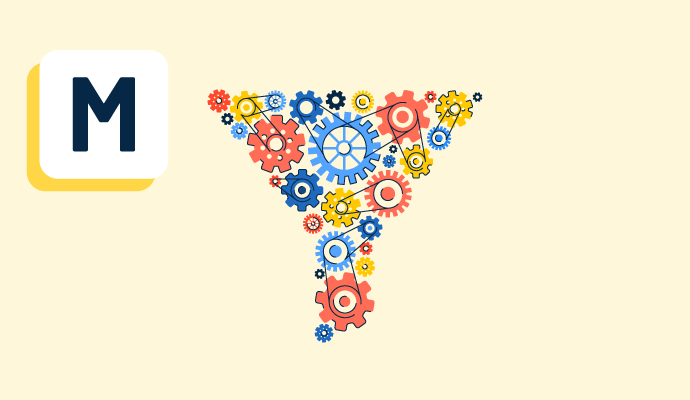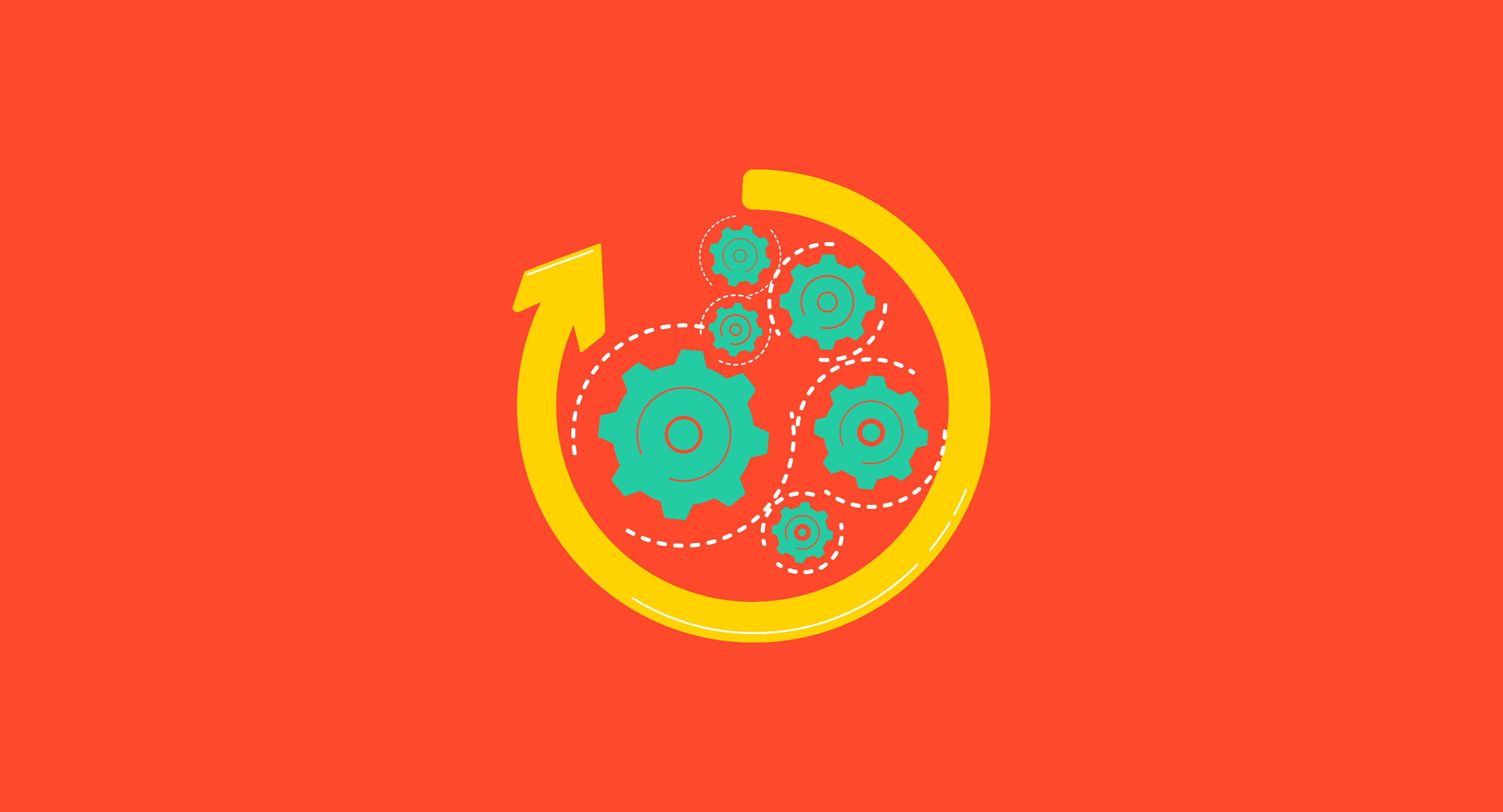What is marketing automation?
Marketing automation refers to when the software runs and completes various marketing actions without the need for human intervention during execution.
Marketing teams are automating many aspects of their work, pre-scheduling content or setting up various workflows to trigger at different times based on visitor actions on the website or other marketing channels. Automation aims to make everyday marketing activities faster, freeing up time for more high-level work.
Whether it’s planning assignments, aligning workflows, or monitoring the results of existing campaigns, using marketing automation software is one of the best ways for a business to make its processes more efficient.
Types of marketing automation
While there are hundreds of possible applications for marketing automation, some of the most common uses for this type of software are:
- Social media automation. Running multiple social media accounts simultaneously is challenging, even for large teams. Marketing automation for social media usually centers around scheduling posts, monitoring mentions, and providing automated responses via social channels for frequently asked questions.
- Digital advertising automation. Users may not buy a product straight away once they see an ad. Sometimes, they revisit the website or add an item to their cart, only to abandon it later. Ad automation enables marketers to track these various visits, then serve the undecided guests with highly relevant ads based on their behavior.
- Email marketing automation. Email marketing is about nurturing leads and segmenting subscribers into relevant audience buckets. Automation makes this process much quicker and easier, letting marketing teams set up triggers for new subscribers, like welcome emails or other triggers that only send messages to certain audiences.
Basic elements of marketing automation
An automated system is only as good as its setup and maintenance. For any marketing automation, the three basic elements that must be included are:
- Data is the incoming information to the automated system that triggers an automated action. Whatever is input here determines who is affected by the outcome and which content or action they experience following the trigger. This is always the first step in the process.
- Rules are like filters. They decide exactly what happens when a trigger occurs. Once the data from the first step has been received, rules decide which actions occur for that particular user.
- Content is the substance of what happens after a rule is triggered. Once data from step one is gathered at the trigger point, the defined rules from step two provide the content for the initial user.
Benefits of marketing automation
One of the biggest benefits of marketing automation is refining workflows across customer lifecycles with a brand. Marketing automation can also:
- Give customers answers more quickly. Automated features like chatbots can be pre-programmed to answer customers with support any time of the day or night. Integrating marketing automation into lead management systems like customer relationship management (CRMs) also means that support teams can easily review customer histories like purchases or previous support conversations to assist them more effectively.
- Deliver a seamless omnichannel experience. Customers want consistent service every time they interact with a brand. With thoughtful marketing automation across multiple marketing channels, customers can experience the same level of service via email as on social media or the website.
- Allow for personalized content and interactions. Personalized content is one of the best ways to rise to the challenge of making customers feel special. With marketing automation, a business can gather data about individual customers from different channels such as emails, social media, or the company website. The business can feed the data into an automated workflow that triggers other software within a brand's marketing mix, making the customer's experience with the brand unique and personalized to them, thanks to what the company already knows about them.
- Free up time for the marketing team. Certain tasks that marketing teams must do are repetitive and time consuming. Automation removes some of those actions from their plate, giving them more time to work on other important tasks like lead nurturing or building new strategies.
Best practices for marketing automation
Once marketing automation workflows are established, not much maintenance is required to keep everything performing well. But establishing best practices upfront means fewer mistakes and more effective systems.
- Create audience segments. Not every audience needs to receive the same content. Segmenting audiences into buckets or categories can make automated messaging more focused and relevant when appealing to specific groups.
- Build an operational flowchart. All marketing automation is based on if-then rules, i.e., if this action is taken, it triggers this outcome. Before setting up a new automation, determine the standard workflow. This should include where new visitors may join, which actions trigger specific outputs, and how new prospects can be moved along the workflow to join various audience segments. Mapping this out makes the build of any new automation much easier.
- Test everything before launch. Before sending any automation out into the big wide world, it should be tested internally. This is the ideal time and space to hone a workflow to be more effective or pick up any issues before the automation rollout.
Give your users a custom experience with your brand using personalization software to meet their specific needs.

Holly Landis
Holly Landis is a freelance writer for G2. She also specializes in being a digital marketing consultant, focusing in on-page SEO, copy, and content writing. She works with SMEs and creative businesses that want to be more intentional with their digital strategies and grow organically on channels they own. As a Brit now living in the USA, you'll usually find her drinking copious amounts of tea in her cherished Anne Boleyn mug while watching endless reruns of Parks and Rec.




















